Stomach Cancer Symptoms and Treatment Methods
- Home
- Stomach Cancer Symptoms and Treatment Methods
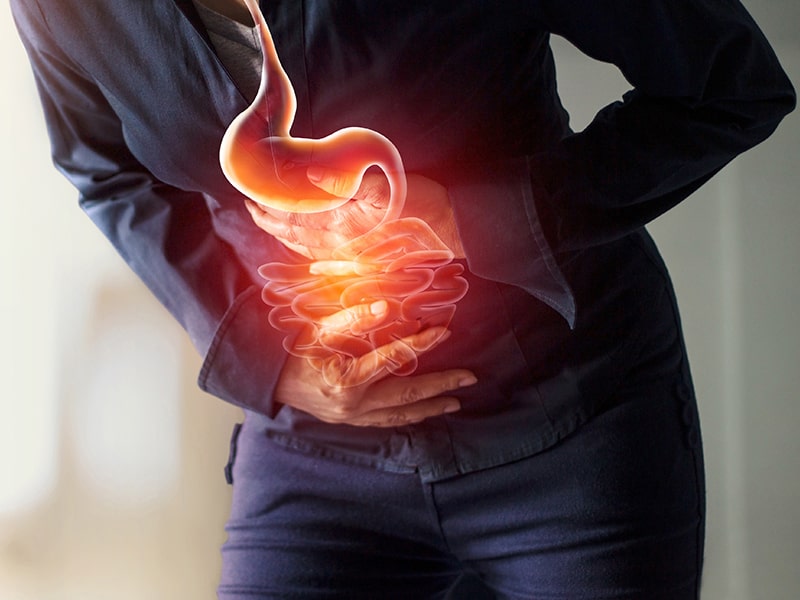
Stomach cancer is one of the most common and deadliest cancer types in the world in terms of frequency and mortality rate. Stomach cancer usually starts in the inner layer of the stomach. Over time, they progress deeper into the stomach wall. They can usually spread to the lymph nodes around the stomach and the abdominal cavity through lymph channels.
What Are The Factors That Increase The Risk of Stomach Cancer?
The following factors increase the risk of ideal cancer:
- Helicobacter pylori infection
- Long-term stomach inflammation (atrophic gastritis)
- Cigarette
- Family history
- Malnutrition (especially excessively salty foods)
- Insufficient physical activity or obesity
What Are The Symptoms of Stomach Cancer?
In the early stages of stomach cancer, there are usually no symptoms and it is detected incidentally. Although it is similar to other stomach diseases, we can list the following as the main symptoms of stomach cancer:
- Pain or discomfort in the upper abdomen
- Difficulty swallowing
- Nausea and vomiting
- Weight loss
- Early feeling of fullness or bloating after eating
- Bloody vomit or blood in the stool
- Weakness and fatigue
In the presence of these findings, endoscopic examination is essential, especially in older ages.
Do Gastritis and Ulcer Turn into Stomach Cancer?
Gastritis and ulcer diseases carry the risk of turning into stomach cancer if they are not treated in time. The first step in dealing with stomach cancer is to fight gastritis and ulcers. The bacterium called Helicobacter plori first causes gastritis, then ulcers, and if not controlled over the years, turns into stomach cancer. Therefore, the first step in protecting against stomach cancer is to eliminate helicobacteria in the body.
Stomach Cancer Treatment
The main treatment for stomach cancer is surgery. Lymph node dissection is absolutely essential. A surgery performed without lymph node dissection is a half-surgery. For this reason, stomach cancer surgery must be performed as a whole. Then, if the oncologist deems it necessary, chemotherapy and radiotherapy (radiation therapy) should be performed.
How Long Does Stomach Cancer Surgery Take?
Stomach cancer surgery takes approximately 2 to 3 hours. All open, closed (laparoscopic) and robotic surgery options can be applied for stomach surgery.
How Many Days Does It Take to Be Discharged After Stomach Cancer Surgery?
The patient is hospitalized for approximately 5 days after stomach cancer surgery. The first day of this period is spent in intensive care as a precaution.
How Many Days After Stomach Cancer Surgery Can You Eat Food?
After stomach cancer surgery, the patient is not given any food or drink for 3 days. Because the patient should not eat or drink anything during this period. The patient is fed with intravenous serum or intravenous formula for the first 3 days. Moreover, the patient does not feel hunger during this process. The patient, who is followed up in the ward, is slowly given water to drink at the end of the third day. Then, semi-solid food called "regime 2" is started to be given. Afterwards, standard food called "regime 3" is started to be given. During this period, the patient's meal plan is divided into 7-8 meals with small portions.
What is the Effect of the Type of Surgery on the Treatment of Stomach Cancer?
Surgical treatment for stomach cancer is one of the essential stages of the disease. Open surgery, laparoscopic surgery and robotic surgery, which are preferred today for stomach cancer, are no different from each other in terms of their impact on the patient's survival time.
Will Cancer Relapse If the Entire Stomach Was Not Removed?
The most important factor to prevent recurrence of the disease is that the physician performing the surgery is experienced and competent. If the surgeon performs the necessary intervention properly, the probability of recurrence of the disease is low. After the surgery, the patient's follow-up is transferred to the "Medical Oncology" department. The patient is followed up with tomography every 3 months under the supervision of an oncologist, and the endoscopy results are evaluated 1 year later. The patient is kept under strict follow-up by the oncologist for 5 years.
You can also access detailed information about stomach cancer in the video we have prepared below.
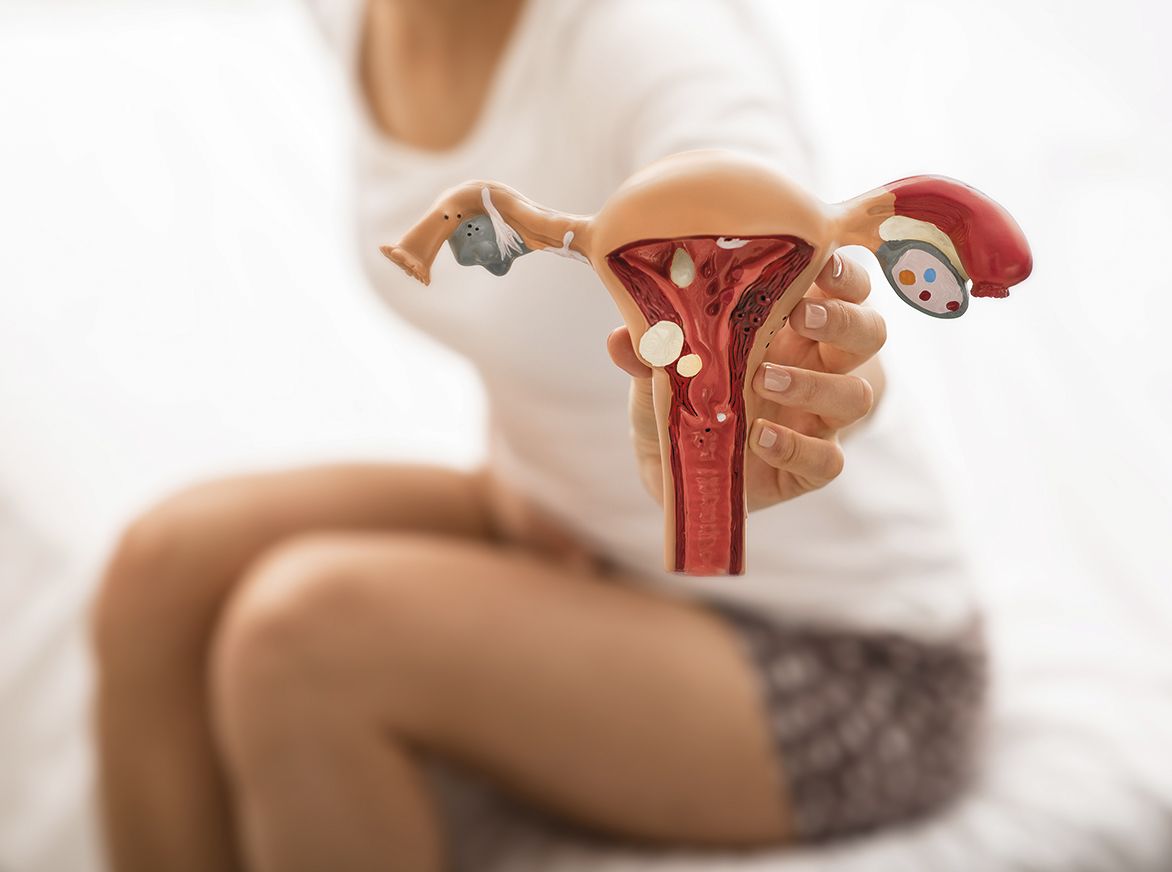 What is Endometriosis (Chocolate Cyst)? What are the symptoms? How to Treat?
What is Endometriosis (Chocolate Cyst)? What are the symptoms? How to Treat? 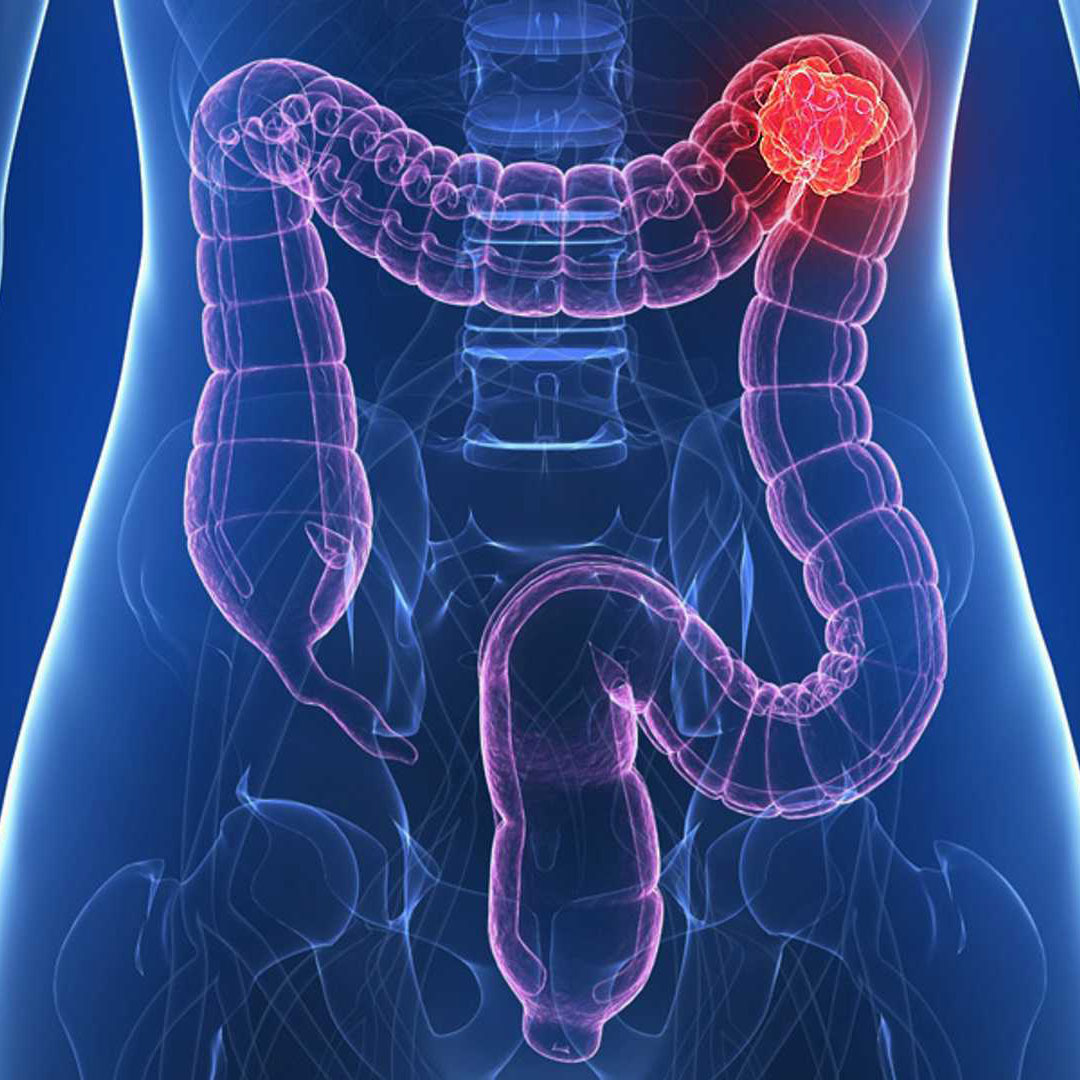 Colon Cancer (Symptoms, Stages, Treatment)
Colon Cancer (Symptoms, Stages, Treatment) 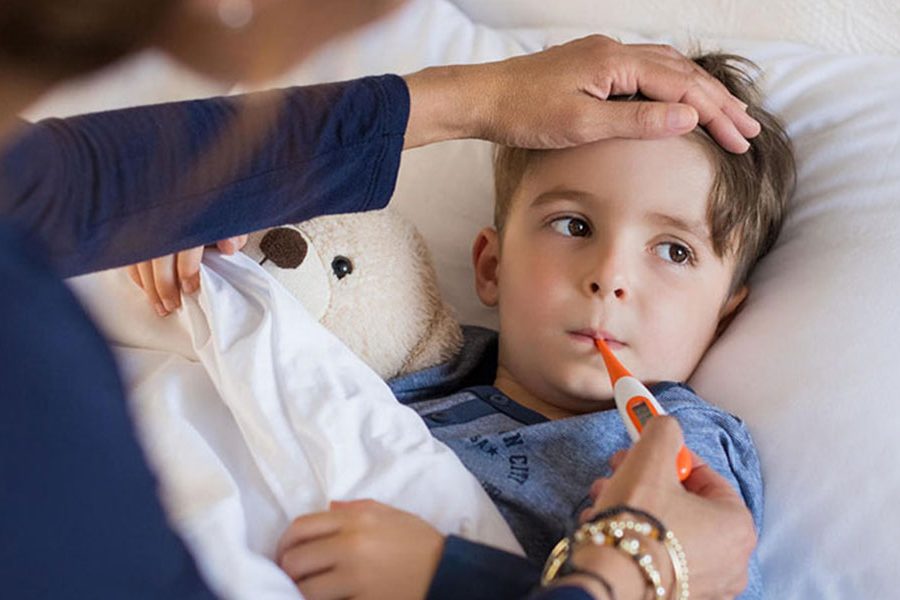 Influenza (Flu) in Children
Influenza (Flu) in Children  Stomach Cancer Symptoms and Treatment Methods
Stomach Cancer Symptoms and Treatment Methods 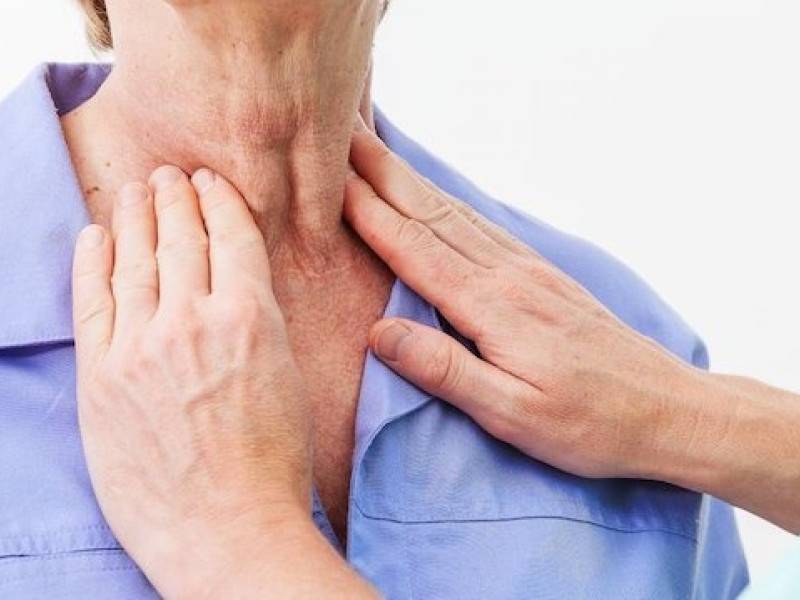 What is Lymph Node Swelling? What Are The Reasons?
What is Lymph Node Swelling? What Are The Reasons?  When to Use Antibiotics? What are the side effects? What is Antibiotic Resistance?
When to Use Antibiotics? What are the side effects? What is Antibiotic Resistance? 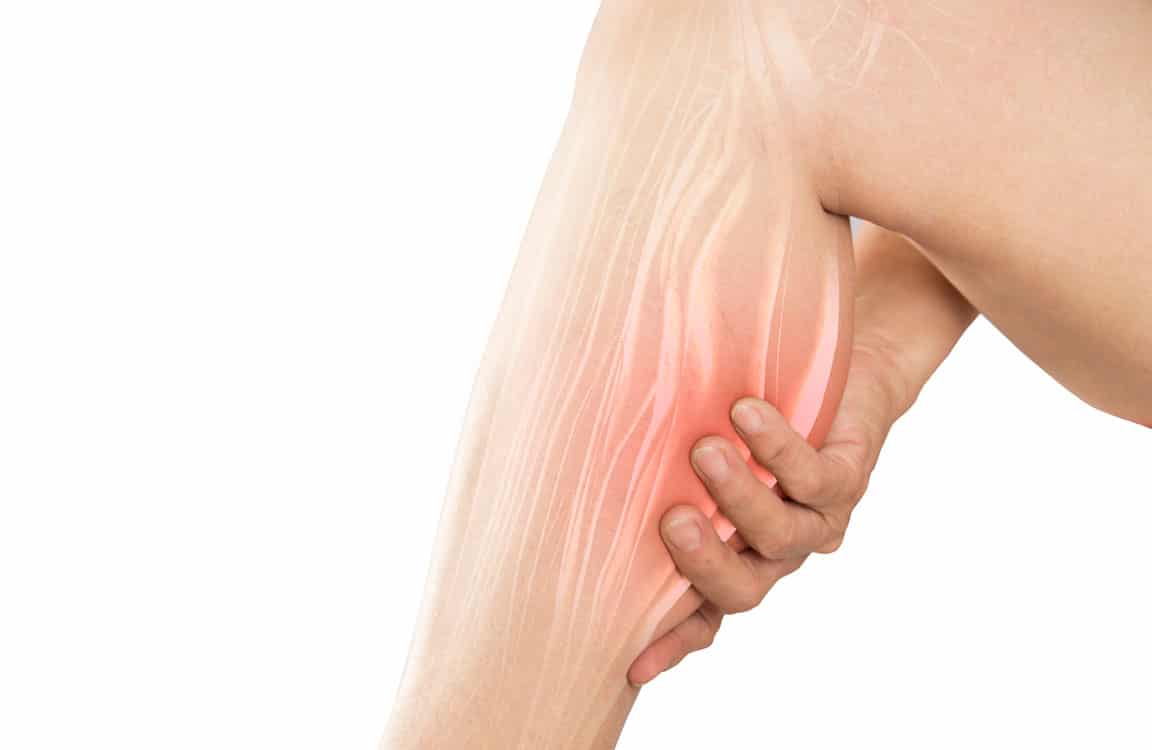 What is Muscle Spasm?
What is Muscle Spasm? 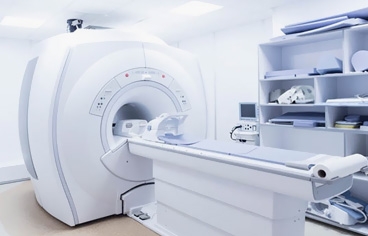 What is MRI? How to Take an MRI with Medication? Is It Harmful?
What is MRI? How to Take an MRI with Medication? Is It Harmful?  What are the Causes of Diarrhea and Vomiting? How to Treat?
What are the Causes of Diarrhea and Vomiting? How to Treat? 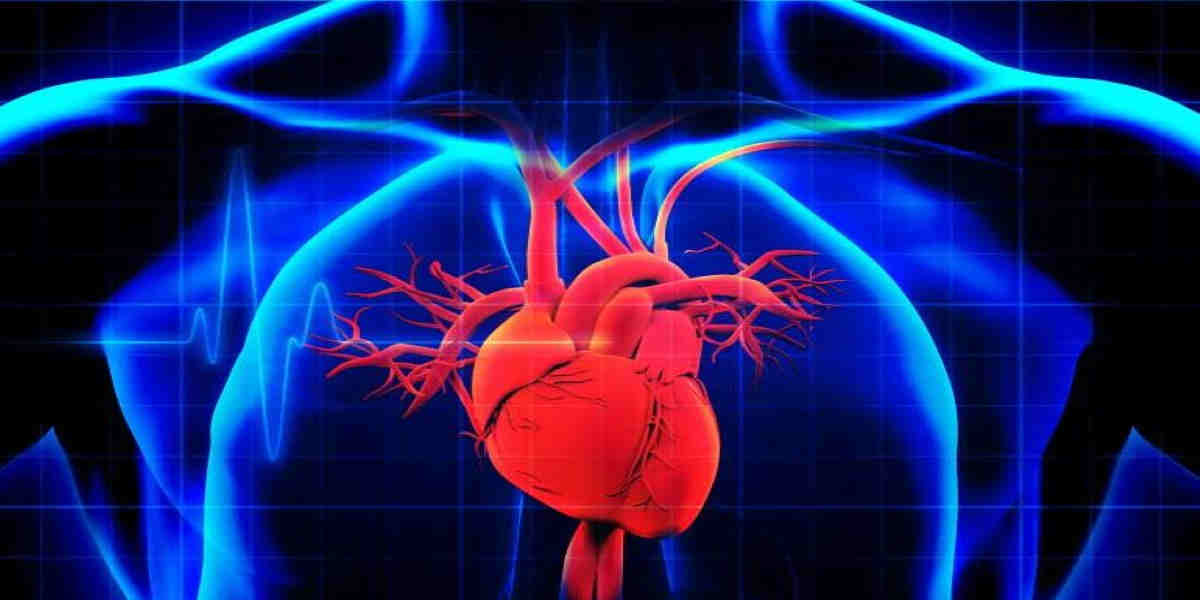 What is Heart Failure? What are its stages? How to Treat?
What is Heart Failure? What are its stages? How to Treat?
